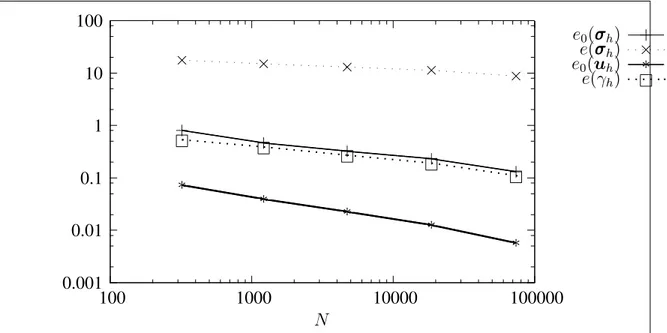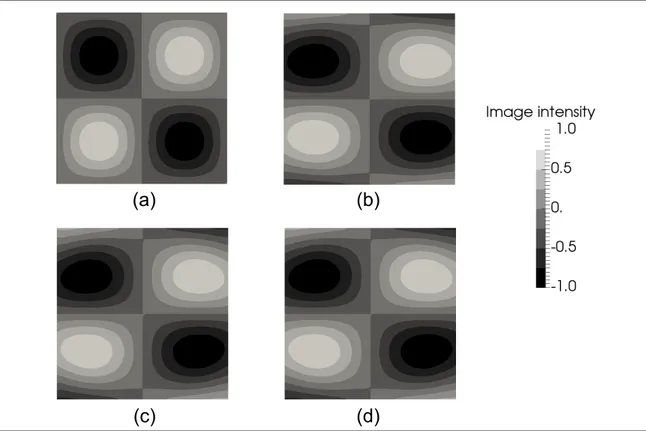Primal and mixed finite element methods for image registration
Texto completo
Figure




Documento similar
No diffraction peaks corresponding to the isolated components have been observed for both DA:HSP and DA:SP system, which suggests the formation of mixed homogeneous
In [3] the stability of the Chorin-Temam projection method is considered and, in case of non inf-sup stable mixed finite elements, some a priori bounds for the approximations to
The focus of this thesis is the efficient solution of large scale two-stage stochas- tic problems containing primal block angular structure, using the BlockIP solver and the
4a shows the rank identi fication accuracy of NIST-Bozorth3 when correlation-based registration (Level 1) of our algorithm is used as pre-registration, and also without
Figure 2.4: Graphical example of the reduction in complexity of the rigid registration algorithm when using as input a binary image containing only the most representative contours
In [9] the authors prove error bounds for inf-sup stable mixed finite element approximations to the model (2) with both grad-div stabilization and local projection stabilization
In this work we study the effect of incorporating information on predicted solvent accessibility to three methods for predicting protein interactions based on similarity of
The most commonly used methods for the subjective assessment of image quality are double-stimulus method with a score of image distortion (DSIS, double-stimulus impairment
